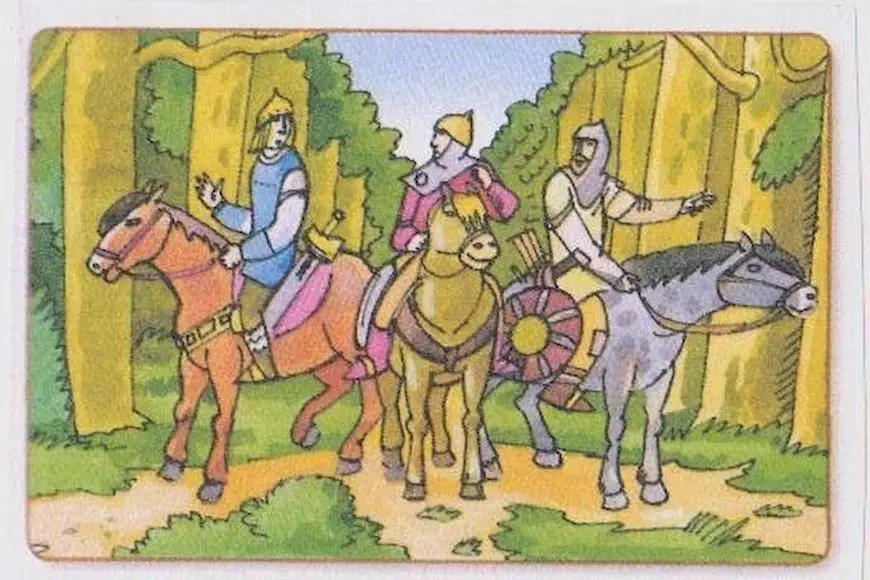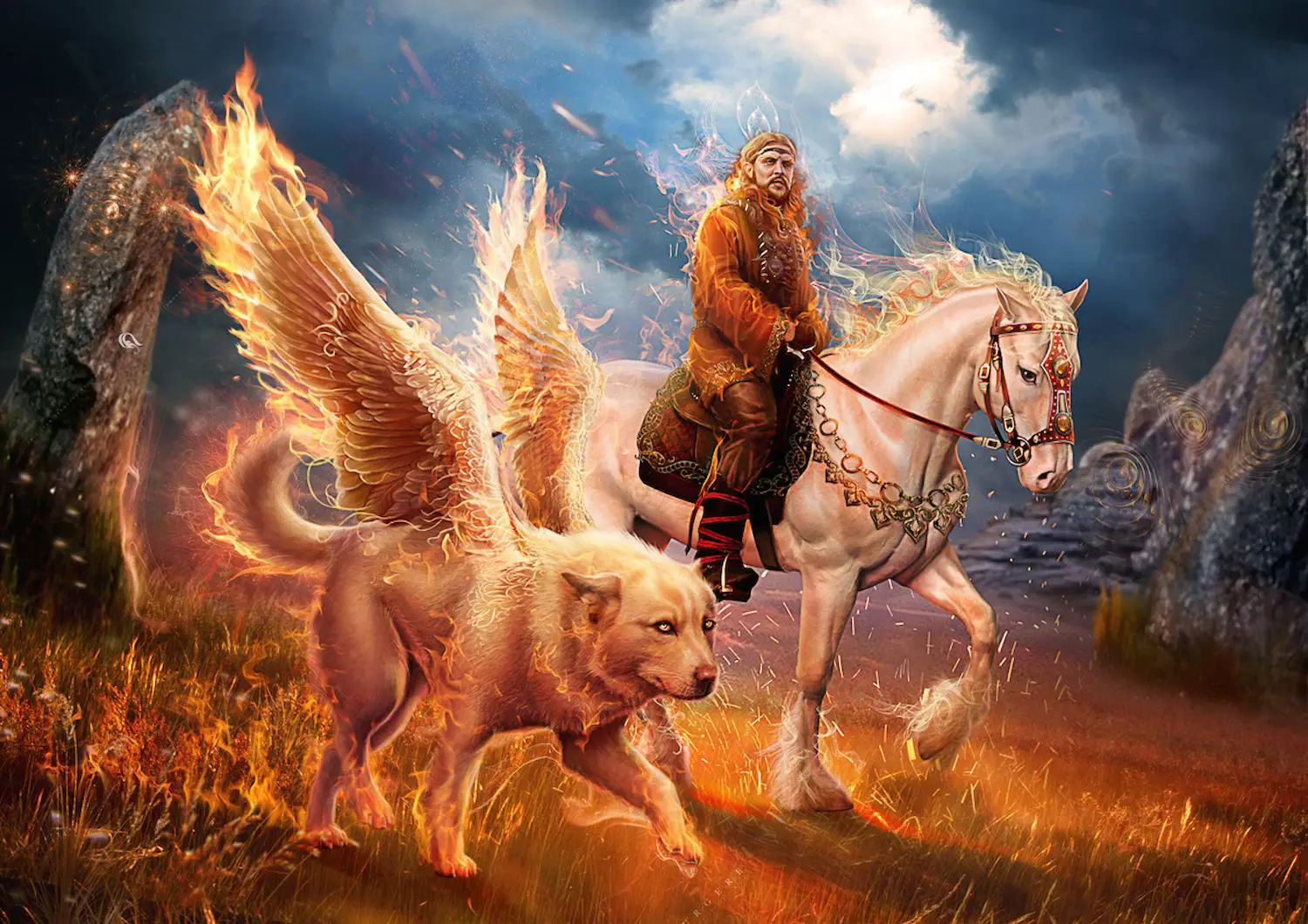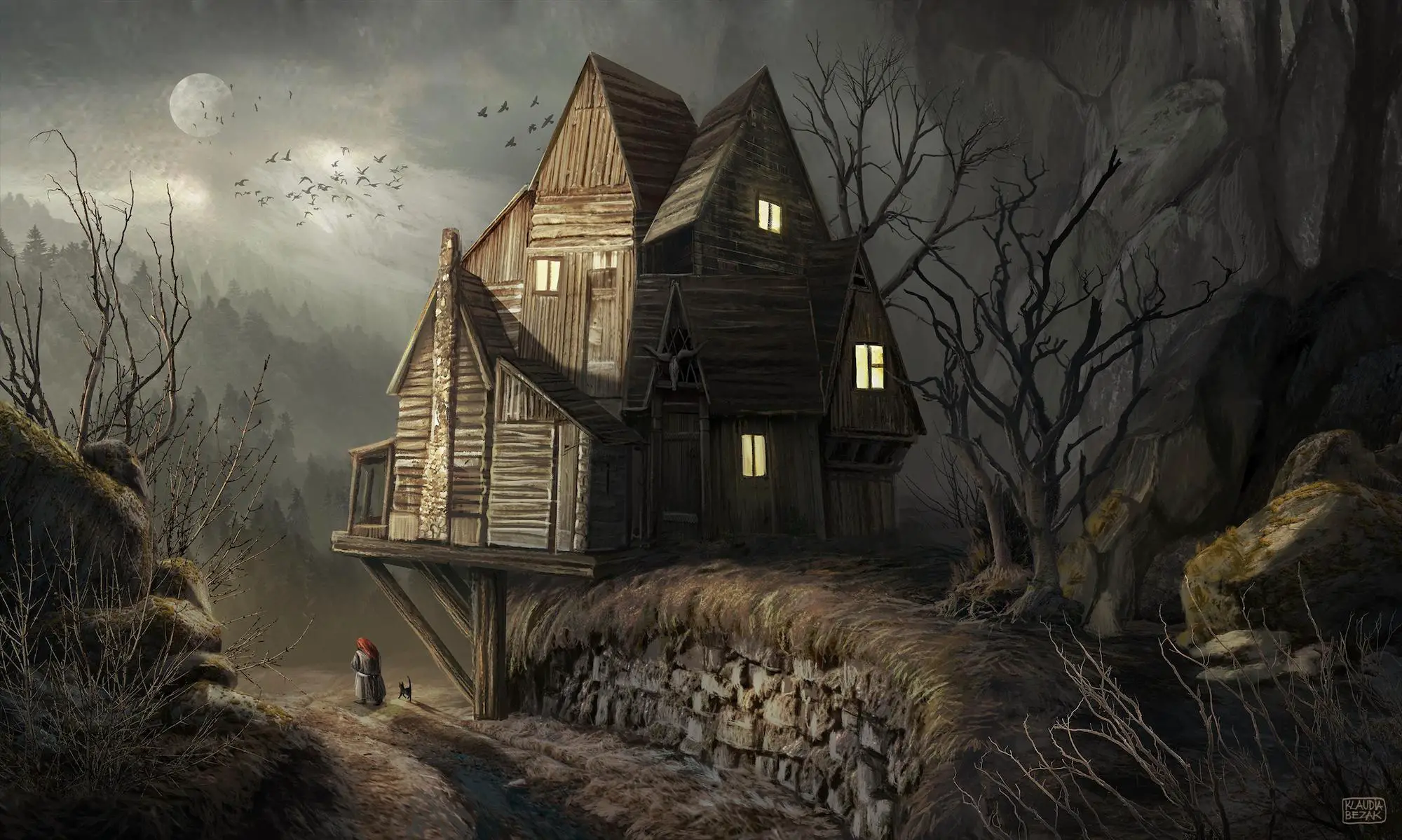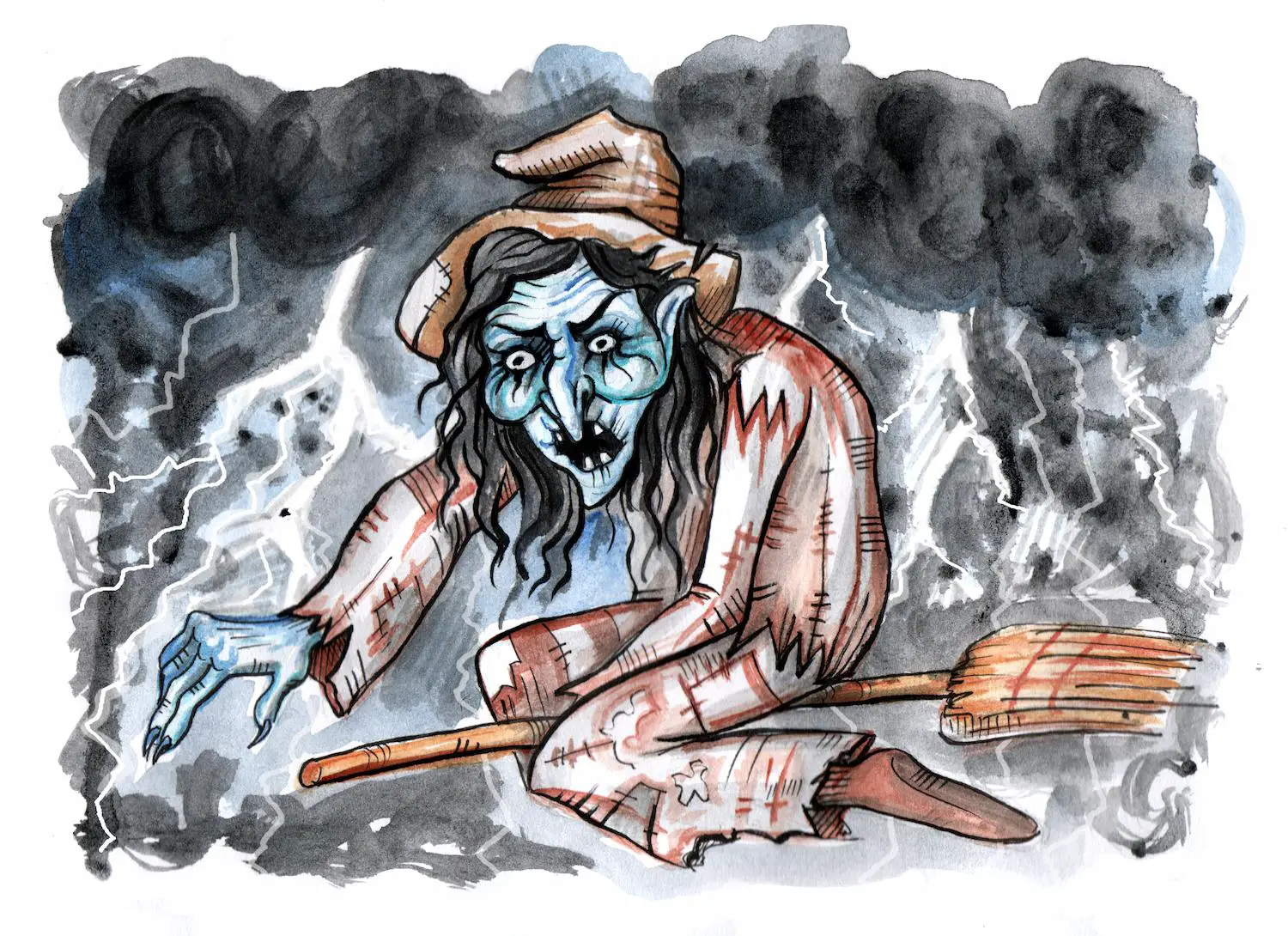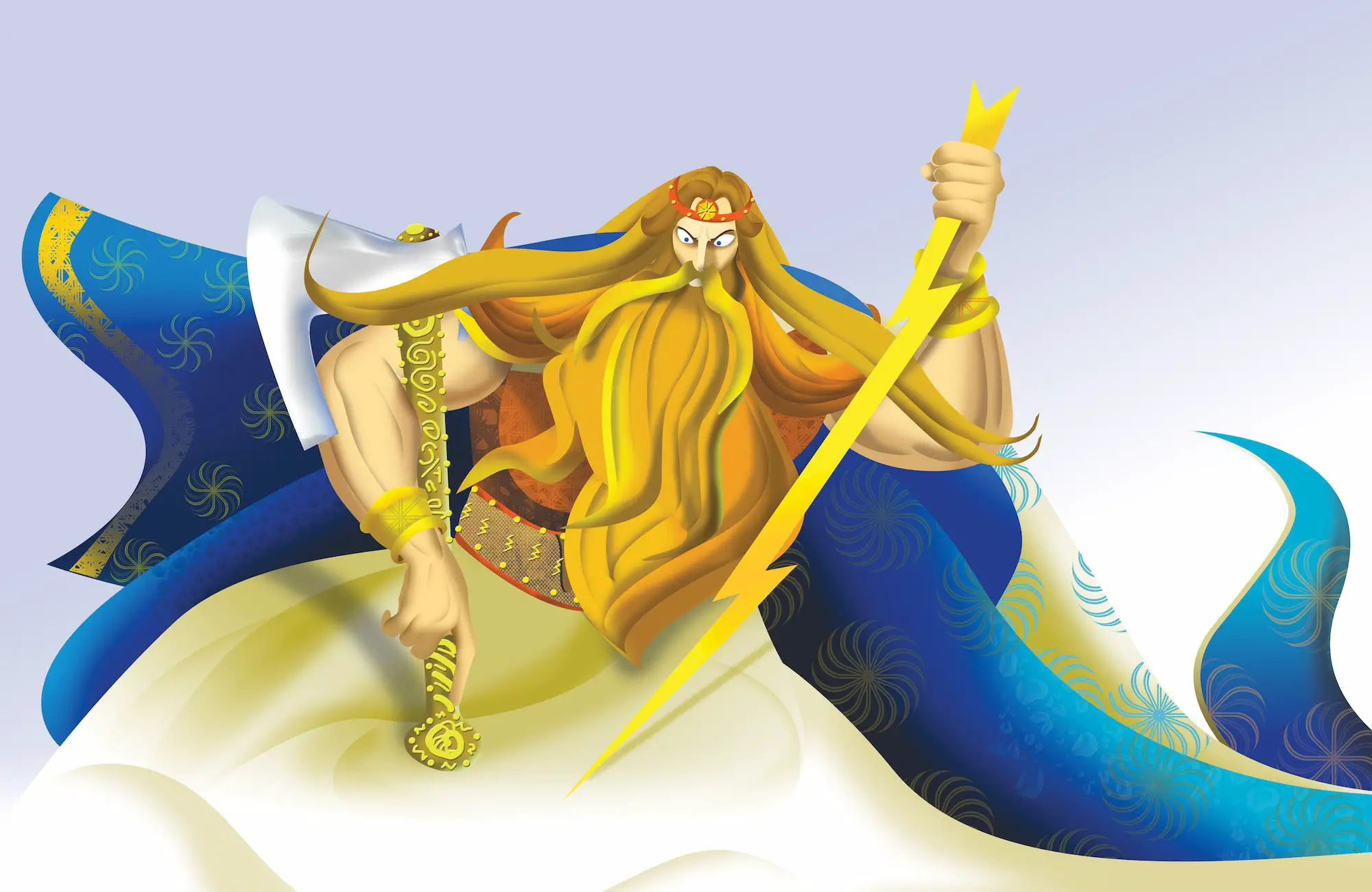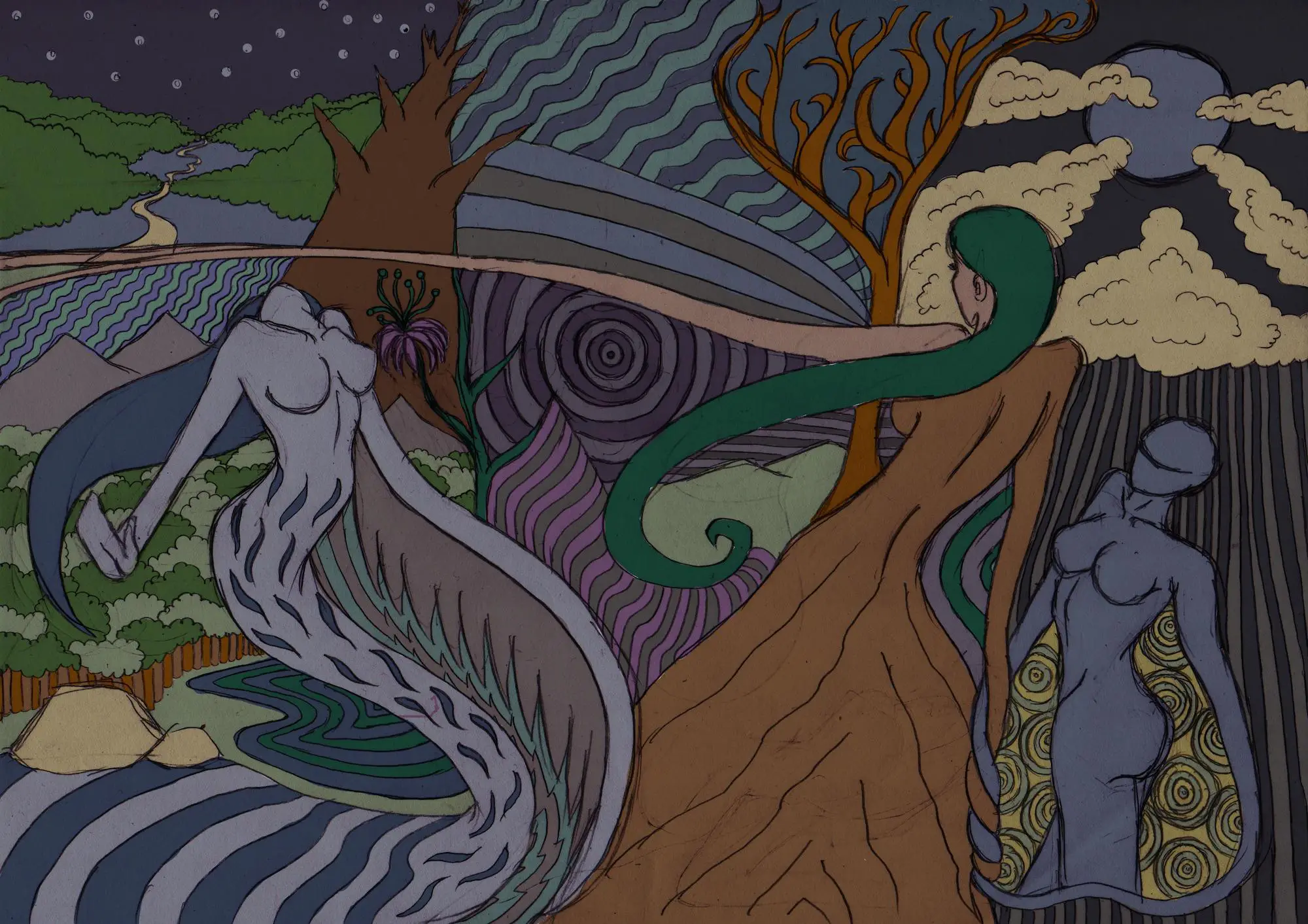Legends and myths have been told since the time being and our civilization has always been interpreted and taught about life through the stories and lessons inscribed in these literary forms.
Many of the legends and myths talk about the origin of countries, cities, and nations and have imaginary elements of fairy tales that depict past events and figures in a most amusing manner.
One such legend is the romantic Slavic tale of the brothers Lech, Czech, and Rus (also known as Legenda Lech, Czech i Rus in Polish) who according to its story were the founders of the three Slavic states – Poland, Czech Republic, and Russia.
Table of Contents
Lech, Czech and Rus
The earliest mention of the legend, which is one of the oldest Slavic legends, can be found in The Chronicle of Greater Poland” (in Polish “Kronika Wielkopolska” that was written in the early 13th century, in 1295 in either the city of Poznan or in Gniezno in Poland.
The exact time of the action in this legend remains a mystery, though some theories refer to the year 550 AD which chronologically describes the Slavic migration era, although the origins of the story remain unknown.
This historical record proves that at the beginning of the 13th century, three different Slavic nations were already aware of their mutual ethnical and linguistic relation and their common background.
The story goes that, once upon a time, the Slavic tribe was growing and multiplying very fast. The three tribe-leaders, the brothers named Lech, Czech, and Rus were sensible and strong men who lived well and led the tribes because they were exceptionally wise.
However, unfortunate times came by, there was a shortage of fish and animals to hunt and the fruitful crops were very scarce. The brothers became worried that famine might strike and have a devastating impact on the life of their people.
Worried that there will be not enough food for everyone, they’ve gathered together and soon decided to start moving down the territory of today’s Eastern Europe along with their families and their people.
On the day of departure, an incredibly long column was formed. The leaders placing men with arms in the front, women in the middle as well as children and elderly who were riding on horsebacks or in carts. In the back herds of cattle followed herds of cattle and more armed warriors for a safe journey.
The tribe traveled for days and nights, facing a number of difficulties along the way, having to climb high mountains, cross though deep forests and swim through cold rivers. Nevertheless, the Slavic people believed in their leaders and carried on.
After a long time of traveling, one day they’ve reached to plains that had a few rivers with water that reflected the golden shine of the sun.
One of the brothers, Rus, said that his people were tired and that they would stay on the plains. (what later would become Russia) Lech and Czech said that they will carry on in the sun’s direction until they reach the mountains. Finally, the brothers agreed to meet again.
Going further down the path, Czech was mesmerized by the beauty of the sun in the mountains and said that he would wish to stay. (what later would become the Czech Republic and Slovakia).
Lech said that they will meet again but that he must continue with his tribe. He walked for days and one day he spotted a mesmerizing place with rivers abundant with fish, lush forests and fertile soil.
Lech felt that he found the right place for him and his tribe but still needed a sign from the gods to prove him to be right
Just as he thought about this, he heard the shouts on an enormous eagle who flew above his head in a gracious flight. The eagle was white-feathered and beautiful, it circled shortly and then landed in a nest on a big oak tree.
When the tribe members saw the eagle they were stunned by its graciousness and they’ve concluded that it is a sign from the gods as the bird departed toward the setting sun.
The settlement of Lech was named Gniezno (in Polish “gniazdo” is the term for “nest) and its symbol was the white eagle on a red background. Gniezno became the first capital of these tribal people who are considered the descendants of the Polish.
They built a fortress in the settlement that was the typical Slavic “grod”. It is worth mentioning that the modern archeological excavations that took place near Gniezno revealed that there used to be a “gord” on a hill in the place known as Lech’s Mount/ Lech’s Hill.

The Legend Today
Today, the town of Gniezno is known for it is the home of one of Poland’s oldest cathedral that is erected on the top of Lech’s Hill.
According to some historians and archeologists, on the place where the church was built, there used to be a pagan Slavic temple.
The tribe members later called themselves “Polonians”, meaning “people of the fields” and thus established themselves as the Polish nation.
The symbol of Lech’s tribe, the white eagle on a red background, remained to be the symbol of Poland till today. It can be found on the Polish coat of arms from Medieval times until today.
This legend of the founding of Poland extends even further to the origin of this country’s name. It is said that the Polonians emerged around the 6th century but they were previously known by an older name version related to Lech as the leader of the proto-Polish tribe called the Lendians.
The Lendians were renamed later after the tribe of the Polonians, though the root-words of both of these tribe names have the same meaning. “Leda” and “pole” mean “a field”, therefore, they obviously refer to people who lived and come from the fields.
In history, Lech is also known as the person who gave name to the West Slavic group of people, known as Lechites- Polan’s ancestors.
Interestingly, the name of Lech is also present in today’s linguistic nomination – it is used to describe the names of ethnic Polish groups like lachy Slaskie (from Silesia) and lachy Sadeckie (from the region close to nowy Sacz).
There is another, rather simpler version of this story that tells how the three brothers went on a hunting trip together, each of them in a quest for different prey, in a different direction. Rus went eastward, Czech went westward and Lech went to the north.
Among the many variations of the features of this legend is also the exact number of brothers. The initial, and according to many, the original version of the legend refers to only two brothers – Czech and Lech.
This version is present in the Czech legends and there is an ancient source from the 11th century which has archived it in this form. However, non of the East Slavic sources had any knowledge about the legend in this form nor they could confirm it as such.
The third brother Rus was added later in the 13th century in the Polish version of the legend, the aforementioned “Wielkopolska Chronicle”. This version was accepted and proceeded further to the 15th century when it was implemented in the chronicle of Jan Dlugosz.
The version of Dlugosz, on the other hand, presented the third leading man as the son of Lech.
The story of the three founders became intensely spread around the 19th century after the partitions of Poland.
The Partitions of Poland describe the three partitions of the Commonwealth of Poland and Lithuania which resulted in the conclusion of the state and elimination of both Poland and Lithuania for 123 years.
The legend of Lech, Czech, and Rus at that time became popular and widespread as it helped people to affirm and preserve the remnants of their original folklore and oral tradition.
Lech, Czech and Rus, and Pan-Slavism
In addition, some of the political interpretations of this legend claim that it was constructed for the needs of propaganda within the Russian Partition in order to underline the Russian invading side as an ancient brotherhood whose idea was to spread ideas of the Pan – Slavism movement in the 19th century.
The pan-Slavism was a movement that emerged as an idea of political ideology that was focused on the prosperity, unity, and high-level integrity of the Slavic people in Slavic – speaking countries.
The movement started in the Balkans which was the most critical point at the time since non-Slavic empires, such as the Byzantine Empire, Austro-Hungarian, the Ottoman and Venice ruled the South Slavs for centuries and diminished their position and identity.
It is no wonder that the legend is related to the rise of this movement as it was developed from the sense of unity and the need for confirmation of identity after the wars against the European monarchies at the time.
The Slavic scholars and intellectuals joined the rest of the Romantic nationalist movements in the 19th century and contributed to their folklore, history, and philology in order to encourage the feeling of shared identity and ancestry.







